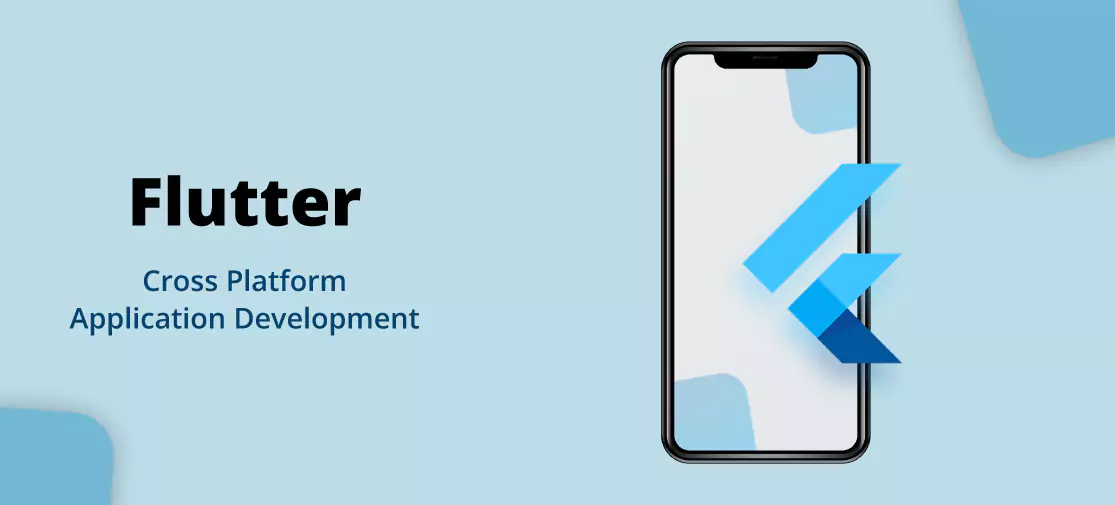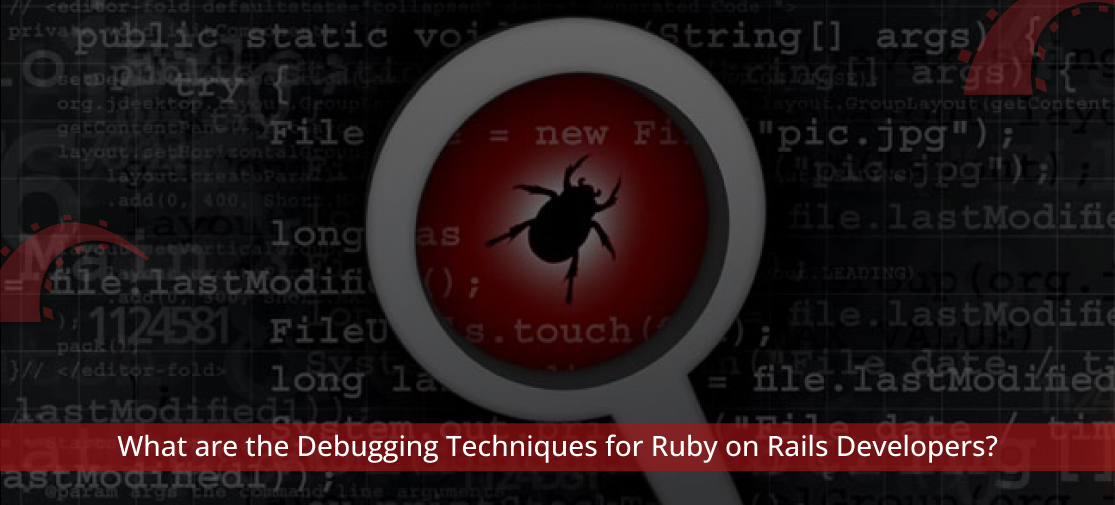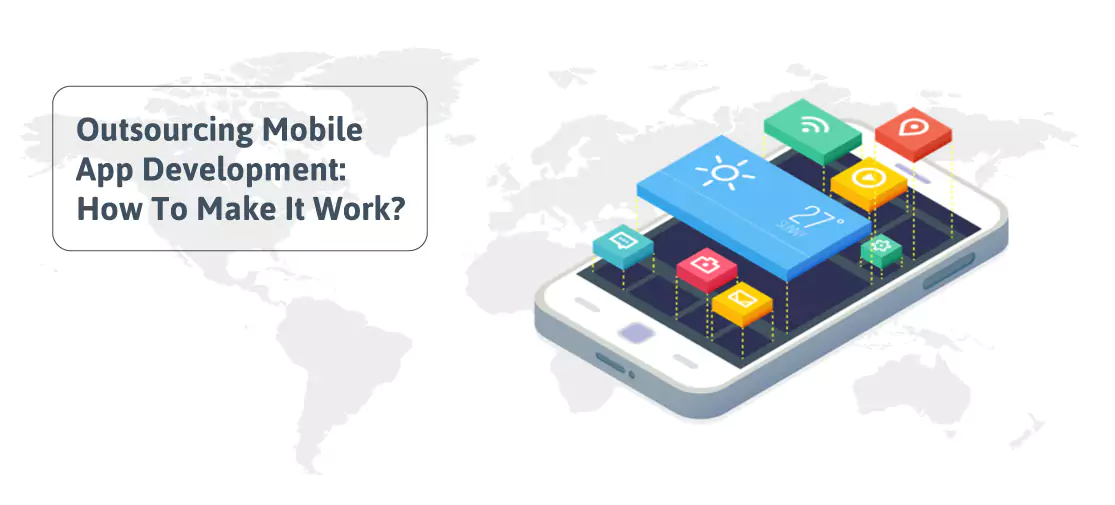Introduction
Google introduced Flutter in could 2017. Flutter is an open-source UI (user interface) software development kit want to produce applications for each android and iOS. Rather than writing totally different codes for every operating system, it uses the same code base to make cross-platform mobile applications. Dart could be a programming language used to create Flutter applications
Flutter is Google's moveable UI toolkit for crafting stunning, natively compiled applications for mobile, web, and desktop from one codebase. Flutter works with existing code, is employed by developers and organizations round the world, and is free and open supply.
The Flutter platform is very versatile and customisable, with many ready-made UI parts that may be simply implemented into any app. Developers even have the freedom of creating their design elements.
Launguage
Flutter employs Dart language for programming. This language is an object-oriented language. The dart is based on OOPs (Object Oriented Programming) like C++ and Java.
Most recent feature in flutter
Hot reload
Hot Reload allows a developer to edit code and apply those changes directly in an already running application, without needing to restart that application to visualize those changes.
Cross-platform development
Cross-platform development is that the observe of developing software system products or services for multiple platforms or software system environments.
Widget library
A widget toolkit, widget library, graphical user interface toolkit, or UX library may be a library or a collection of libraries containing a group of graphical control elements It’s called widgets. it is used to construct the graphical user interface programs.
Native performance
A Native application could be a software program that's developed to be used on a particular platform or device. Native apps will offer optimized performance and take advantage of the most recent technology, like a GPS, compared to web apps or mobile cloud apps developed to be generic across multiple systems.
Open-source
Flutter is Google's UI toolkit for building gorgeous, natively compiled applications for mobile, web, desktop, and embedded devices from one codebase. the foremost goal of this repository is to look out free open-source apps and begin contributing to it.
Null safety in flutter
Void safety (also referred to as null safety) may be a guarantee among an object-oriented programming language that no object references can have null or void values. In object-oriented languages, access to things is achieved through references (or, equivalently, pointers).
Null safety means a variable can't have a null or void value. This feature is improving user’s satisfactions by reducing errors and app crashes.
Null safety ensures that every one runtime null-dereference issues are shown at compile-time. It helps you avoid several issues throughout development, instead of waiting until runtime to identify null errors.
The use of null safety
For us, within the context of null safety, which means that if an expression has a static type that doesn't allow null, then no possible execution of that expression can ever measure to null. The language provides this guarantee largely through static checks, but there are some runtime checks involved too.
The basic reason why flutter application thus well liked that
- It reduces the time it takes to make mobile applications.
- It is exclusive as a result of it uses Dart, an artificial language designed by Google.
- Dart is straightforward to scan, write and perceive. It makes it a lot of easier to translate your ideas into code.
- It is incredibly convenient and versatile to rectify your code victimization Flutter Stateful Hot Reload.
- It supports most transportable codes generated these days.
- Additionally, it supports making stunning animations with several community advantages like hot reloading, native UI, etc.
- It additionally supports fast development and might be utilized by beginners and professionals.
- Last however not least, thought-about the most effective cross-platform application development platform.
Flutter = Business prospective
A structure should conform to a number of criteria, including platform stability, high performance approvals, prospects for further improvement, and a large talent pool from a business perspective. If even one of these criteria is ignored, the use of the framework turns into a risky venture. Rewards are not guaranteed in most cases, as these risks usually involve direct or excessive costs.
Flutter minimizes the risks and covers all the demanded aspects. Although Flutter only grows as a framework, it has already gained the credentials provided by Google. In addition, the platform demonstrates strong support from other market giants (such as Alibaba, eBay) and appears to have potential for expansion when Fuchsia OS is released.
Even more, developers are interested in flutter programming (especially in cross-platform or Android engineers), so hiring a flutter app developer is no problem today. This technology also offers better performance compared to other cross-platform frameworks as it works directly with Canvas and requires no bridges to access services.
As such, Flutter pretends to be a promising option for your business strategy that will not only bring instant results but also guarantee further success.
Pros and cons of flutter
Pros
- Flutter provides more dynamic and faster application development. That's one of the biggest things about Flutter that is appreciated by every top mobile app.
- Another special feature related to Flutter is called Hot Reload which allows the developer to modify the code and show the direct effect of that change immediately on the app, thus making the testing process much easier.
- Flutter is platform-agnostic because it has its own widgets and designs, which means you can have exactly the same application on both platforms (while easily achievable if you want to separate your applications).
- Flutter uses the Skia graphics library. The UI is redrawn each time the view changes. Most of the work is done on the GPU (graphics processing unit); That's why the Flutter UI is simple and delivers 60fps (frames per second).
Cons
- Flutter files are huge in size and are sometimes difficult to manage due to their large size.
- Flutter applications start with very large and "heavy". They take up a lot of space and take more time to download or update.
- Flutter is a relatively new platform, so although it is open source and has pre-built libraries, the number of such features remains minimal.
- The flutter does not form the original components. It copies somewhat of Android's material design and iOS-specific components with its Cupertino library, but it's not exactly the same. It is especially visible with different system versions where text fields or buttons replace each other, even though they remain the same in the flutter.




